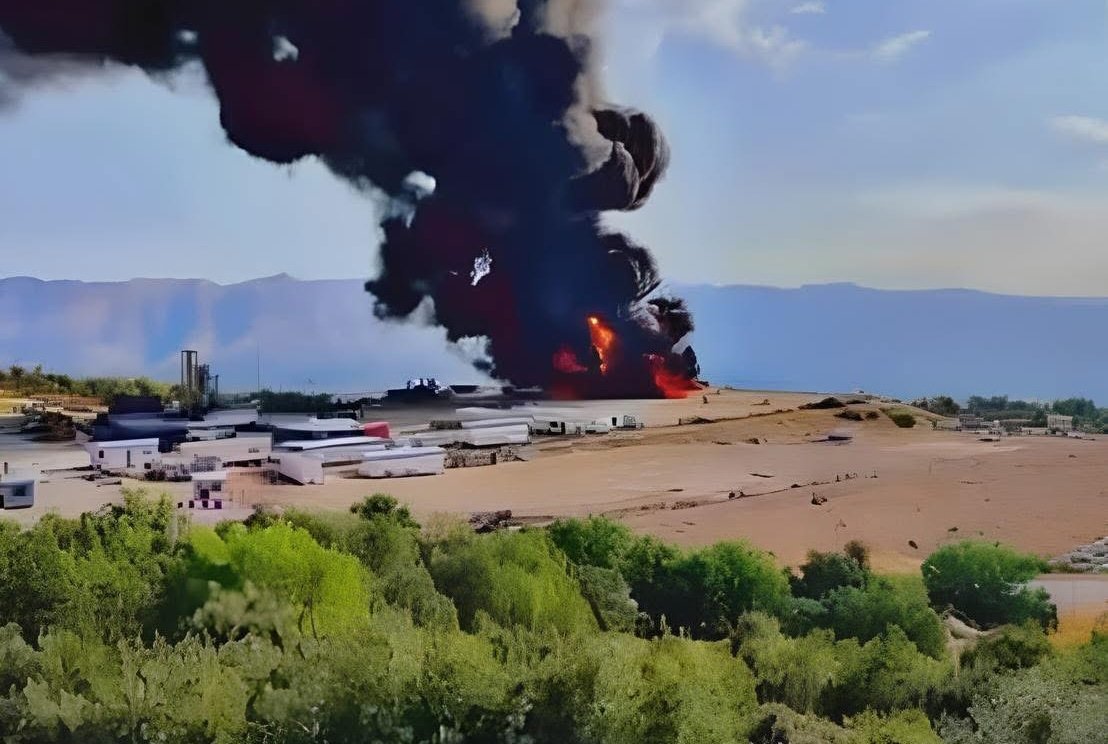Mapped: At least 18 drones have targeted KRG-controlled areas in the last 17 days

Since the end of the 12-day Israel-Iran war on June 24th, several drone strikes in Iraq have targeted key Iraqi radars, suspected to be carried out by pro-Iran militias, particularly Hezbollah brigades, which are viewed as Iran’s direct armed wing in Iraq. During the war and after its conclusion, drone attacks on the Kurdistan Region have been ongoing, but they have accelerated following the ceasefire. However, in recent days, these attacks have expanded to include key oilfields that form the backbone of the KRG’s economy and serve as its only leverage in relations with Baghdad, as well as its key card for securing influence in relations with the US.
To understand the growing drone threat facing the Kurdistan Region, this report will survey only the attacks that have taken place since July 1st, though many other drone attacks occurred in the preceding days. The drone strikes have unfolded as follows:
On July 1st, two kamikaze drones targeted the Tasluja area of Sulaimani, both aimed at the headquarters of the PUK’s 70 Peshmerga forces. However, both drones were intercepted, and there were no casualties. Another drone targeted the same area on July 10th, which was intercepted by US Alpha military advisors stationed with the PUK. On July 3rd, two drones were shot down near Erbil International Airport, where U.S. troops are stationed, and a drone crashed in Kifri, southern Sulaimani, on the same day. Another drone crashed in the Takya area of Sulaimani on July 15th. On July 17th, a drone was intercepted in Shamamk, south of Erbil, as well.
In addition to these drone strikes, over the last three days a series of drone attacks have also targeted KRG oilfields. Unlike the other drone attacks mentioned above, most of these have reached their targets and caused significant damage to several oilfields. The attacks include:

– Khurmala was hit by two drones on July 14th. The damage was minimal, affecting only a water pipeline within the field’s infrastructure. Khurmala is the largest oilfield in Kurdistan, currently producing around 90,000 barrels per day, and is operated by KAR Group. It is considered one of the pillars of the KRG’s oil sector; without it, the sector would significantly degrade, potentially rendering the KRG’s oil strategy unviable.
– Sarsang, located in the Amedi district, was struck by a drone on July 15th. The attack caused serious damage to its oil storage facilities. Operated by HKN Energy, Sarsang currently produces around 30,000 barrels per day.
– Tawke and Fishkhabour, both located in Zakho district and operated by DNO under the Tawke license area, were targeted on July 16th. Although technically separate, the fields are geographically close and part of the same contract zone. Their combined output is 82,000 barrels per day. The drone strikes inflicted significant infrastructure damage at both sites. Another drone attempted to target the Tawke oilfield on July 17th but caused no damage.
– Ain Sifni, in the Sheikhan district, was targeted twice on July 15th and 16th. The oilfield is operated under contract with Hunt Oil and has an oil output of 12,500 barrels per day. The first drone strike caused no damage, but the second strike caused serious damage to the oilfield.








